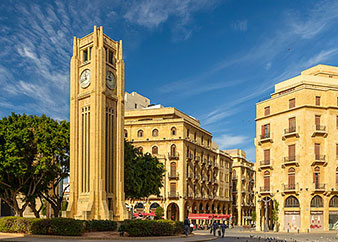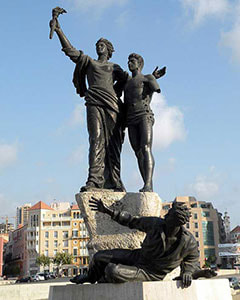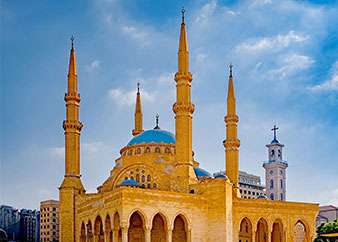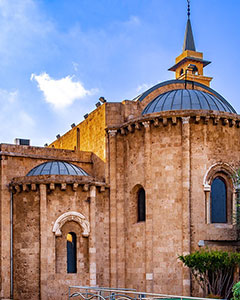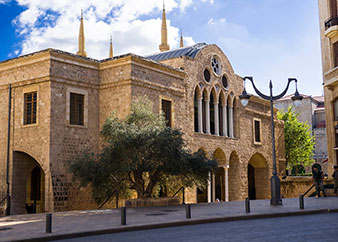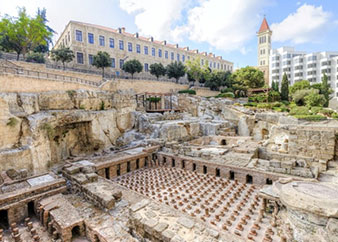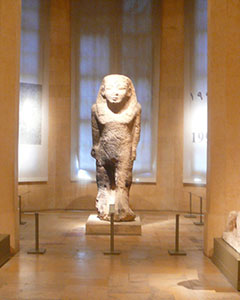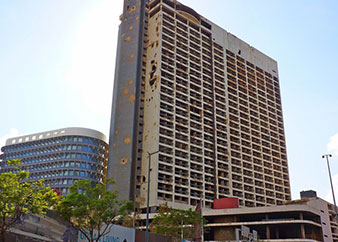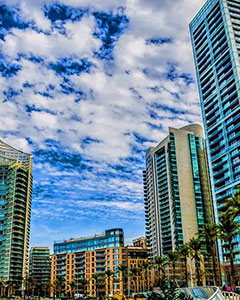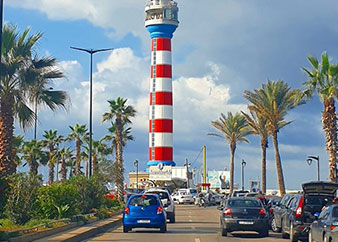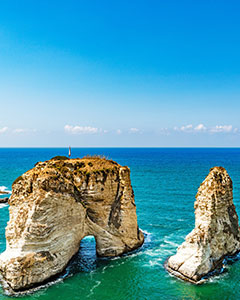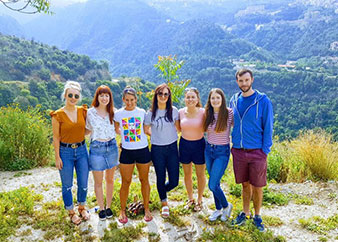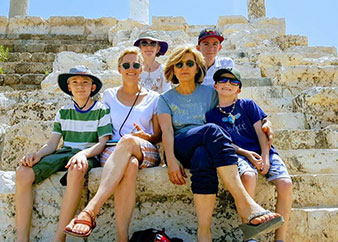Beirut Historical Tour
Small Group Tour in Beirut
Fit all of Beirut's attractions at the top of your bucket list into 3 hours small group tour. Stroll Beirut’s historic Downtown, brimming with iconic buildings and streets. Explore the mosques, churches, squares, the waterfront of the city as well as the National museum of Beirut.
Operates: Every Tuesday & Friday
Starts: 8.00 am
Duration: 3 hours
Adults: $40 USD
Children: $40 USD (4-12 years)
Group Size: Maximum 15
Meeting Point: We pick up all travelers from Hotel & Airbnb in Beirut .
Starts: 8.00 am
Duration: 3 hours
Adults: $40 USD
Children: $40 USD (4-12 years)
Group Size: Maximum 15
Meeting Point: We pick up all travelers from Hotel & Airbnb in Beirut .
- Pick up from your hotel in Beirut and join a small-group historical tour in the city
- Recognize the Place de L'etoile or Nejme Square and admire the view of the pigeons and birds surrounding the square
- Pass by the Martyr's Square and get to know the history of this sculpture
- Discover Mohammad Al Amin Mosque, a huge striking amber-coloured blue-domed mosque located in the down town of the city near the Martyr's Square
- Recognize the history of Al Omari Mosque, this attractive building was built in the 12th century as the Church, and was converted into a mosque in 1291
- The Greek Orthodox Cathedral of Saint George is the oldest extant church in Beirut, it has been built over the disappeared Anastasi Romano-Byzantine Cathedral
- Stroll in the major commercial district in Beirut, known as Beirut souks
- Get to know about the history of the Roman Baths in the city
- Explore the principal museum of archeology, the National museum and discover its large collection of artefacts
- Pass by the Old Holiday Inn and get to know its history from your guide
- Wander through the Zaitunay Bay and enjoy the small white boats view
- Enjoy a small promenade along the corniche of Al Manara, and admire the amazing sea view and the palm trees all over the corniche
- Recognize the iconic landmark of Beirut, the stunning Pigeon Rock at Raouche and snap a beautiful images in front of it
What's Included?
✓ Hotel Pick Up & Drop Off
✓ English-speaking driver
✓ Entrance fees to the National Museum
What's Excluded?
X Gratuities
X Personal Expenses
✓ Hotel Pick Up & Drop Off
✓ English-speaking driver
✓ Entrance fees to the National Museum
What's Excluded?
X Gratuities
X Personal Expenses
Greek Orthodox Cathedral of Saint GeorgeThe Greek Orthodox Cathedral of Saint George is the seat of the Greek Orthodox Metropolitan bishop of the Greek Orthodox Archdiocese of Beirut and its dependencies. It is the oldest church in the city of Beirut and one of the oldest in the region and It is located in the heart of Beirut’s city center.
|
Al Manara CornicheStretching from the Ramlet al Bayda area to the Saint George marina, Al Manara Corniche is the most renowned seaside promenade in Beirut. Lined with palm trees, it offers a great view of the Mediterranean Sea, as well as some of the country's best assets, namely the famous Pigeon Rock, and the summits of Mount Lebanon on the eastern side.
|
Pigeon RockThe pigeon rock is a stunning set of rocks and a Popular tourist destination known for its iconic rock formations in picturesque seaside surrounds, welcome you to the city of Beirut. Pigeons’ Rock (also known as the Rock of Raouché) is located at Beirut’s western-most tip, the two huge rock formations stand like gigantic sentinels to the city.
|
Customers Who Bought This Tour Also Bought
Jeita Grotto, Harissa & Byblos |
Baalbek, Anjar & Ksara |
Sidon, Tyre & Maghdouche |
